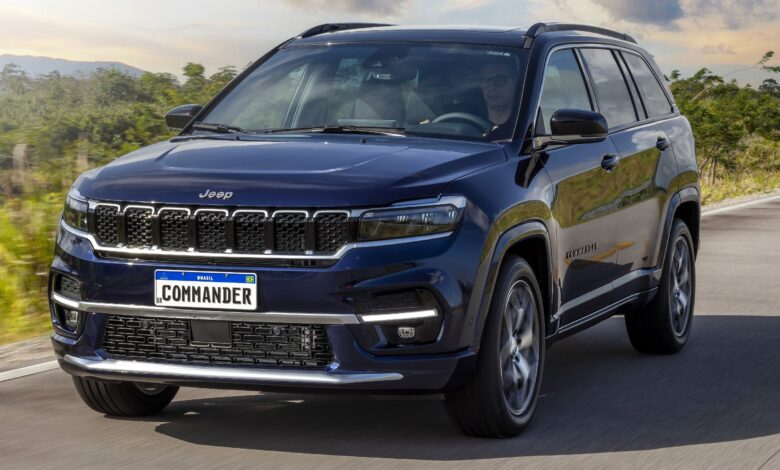
The all-new three-row 2022 Jeep® Commander (H1) has won the oldest and most prestigious award in the Brazilian automotive press. The SUV developed and manufactured in Brazil, which is the biggest and most sophisticated model of the brand ever produced in the country, was recognized as Autoesporte’s “Premium Car of the Year” after competing in the category with three other models. The results of the award were announced at a ceremony in São Paulo.
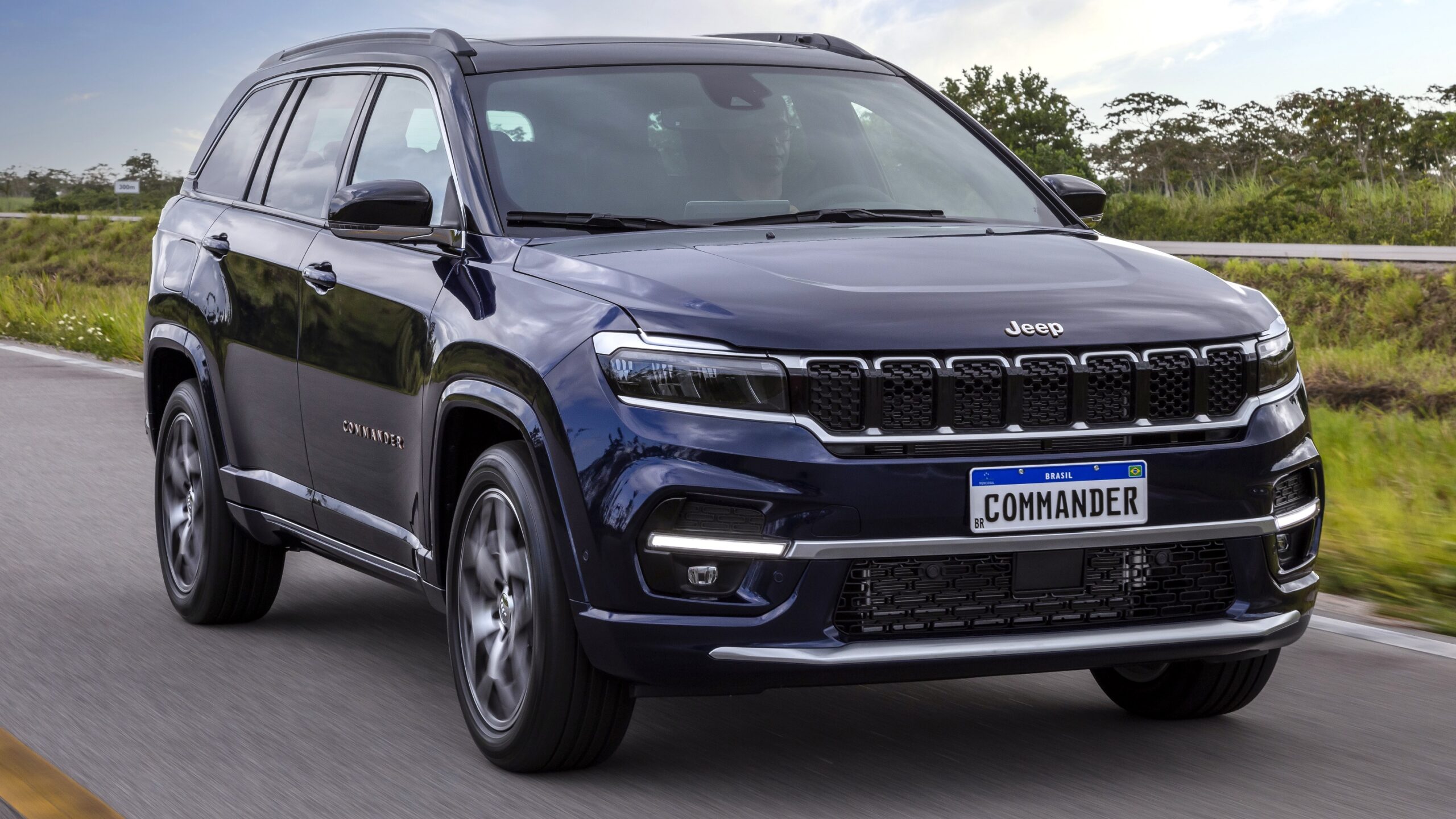
“This achievement shows the success of the Jeep Commander, which won over the public and the press at the first [unveiling]. The Commander combines technology, performance, and versatility in an SUV with a strong presence and strength that only a Jeep has. Receiving this trophy is a great pride for the entire team that helped in the development and launch of the model and is another outstanding moment in history for the year in which Jeep celebrates its 80th anniversary in the world,” said Alexandre Aquino, Director of Jeep® for Latin America.
The all-new Commander will be the biggest and most sophisticated Jeep ever produced in Brazil. Manufactured at the Polo Automotivo de Goiana (PE), it comes to bring a new premium level to the brand in the country and make the Jeep range even more complete. Designed to provide maximum comfort, the model is the first Jeep developed in Brazil, but it will bring a global concept and will be exported to other Latin American countries.
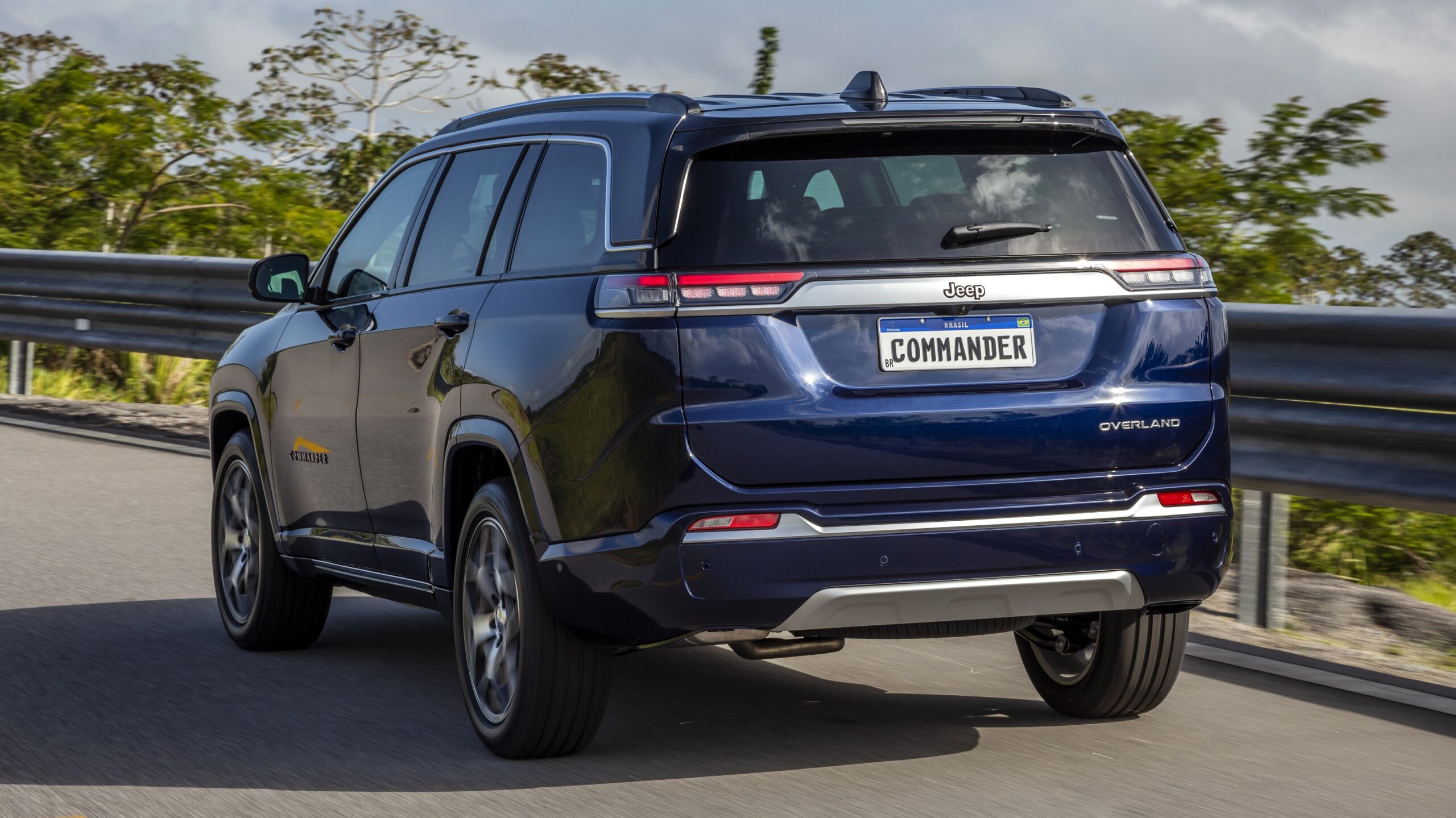
The new model will be available in two different trim levels, Limited and Overland. Commander will feature turbocharged gasoline 4×2 and turbocharged diesel 4×4 powertrains. Offer seating for seven, the Commander looks to bypass the Cherokee (KL) and properly fill in the gap between the Compass and Grand Cherokee models.
When it comes to design, the all-new Commander blends a fine balance between elegance and dynamism. There is will the traditional Jeep seven-slot grille, but now features a black stripe through the slots (a new bold take on the seven-slot grille). The Commander blends a lot of design elements from the newly refreshed Compass (MP), the all-new Grand Cherokee (WL74), and the Grand Wagoneer (WS) models, to create something completely different, but with elements, we are familiar with.
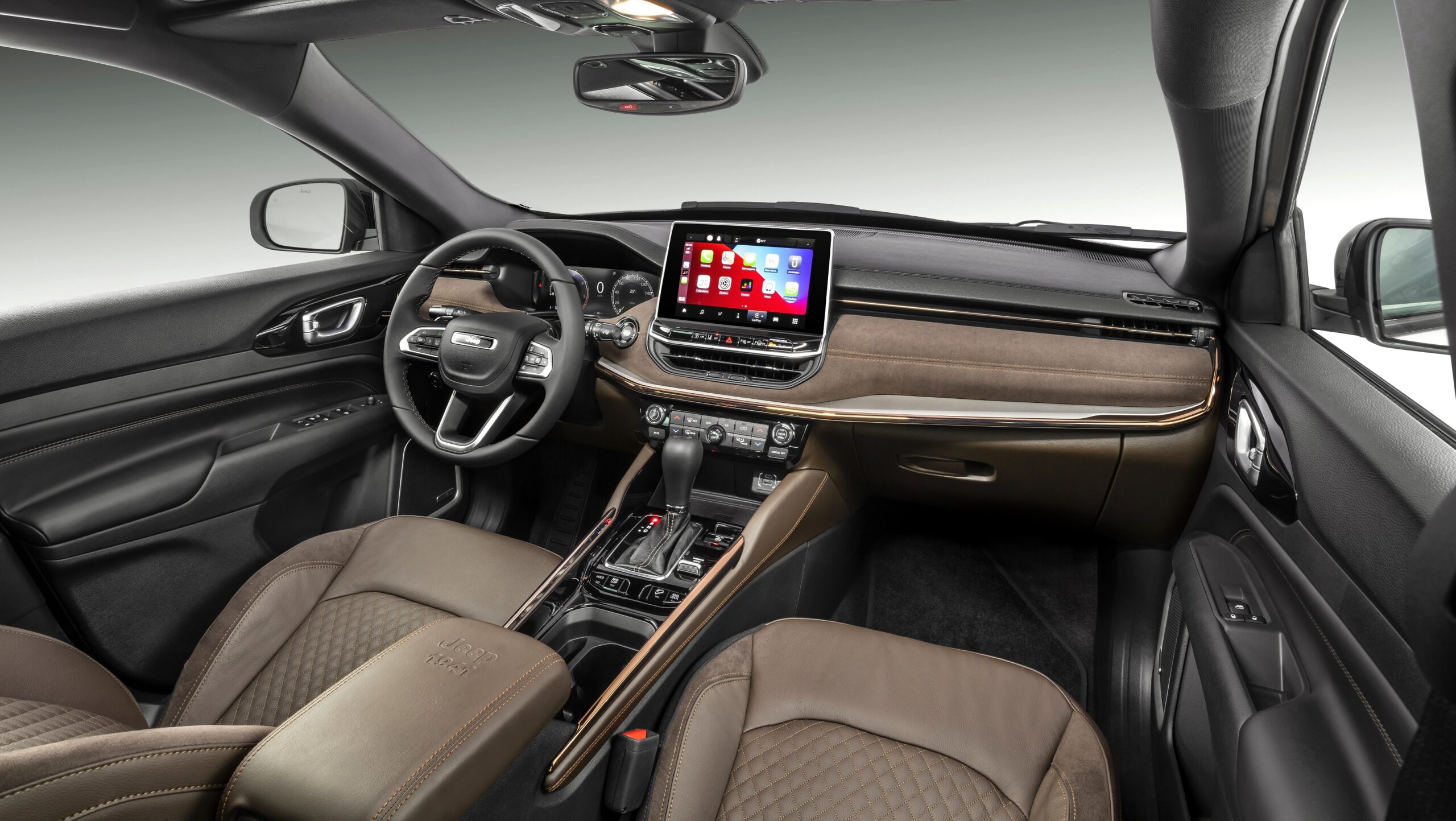
While being based on a stretched version of the Compass architecture, interior space is not lacking in the new Commander. There are three rows of seats, seven seats in total, and one of the largest rear cargo spaces in the category with 1,760 liters (62.15 cubic feet) with the seats down, 661 liters (23.3 cubic feet) with the five-passenger configuration, and 233 liters (7.8 cubic feet) with all seven seats up – the largest volume with seven passengers for the segment. In addition, the model also has a surprising storage space of 31 liters of volume.
It also brings access to the trunk with electrical opening and closing on the Limited and Overland, the latter also having a presence sensor (Hands-Free). There are also windshield and side window defrost, automatic mirror folding, Keyless Enter ‘N Go, and Dual-Zone air conditioning with a channel dedicated to the rear seats.
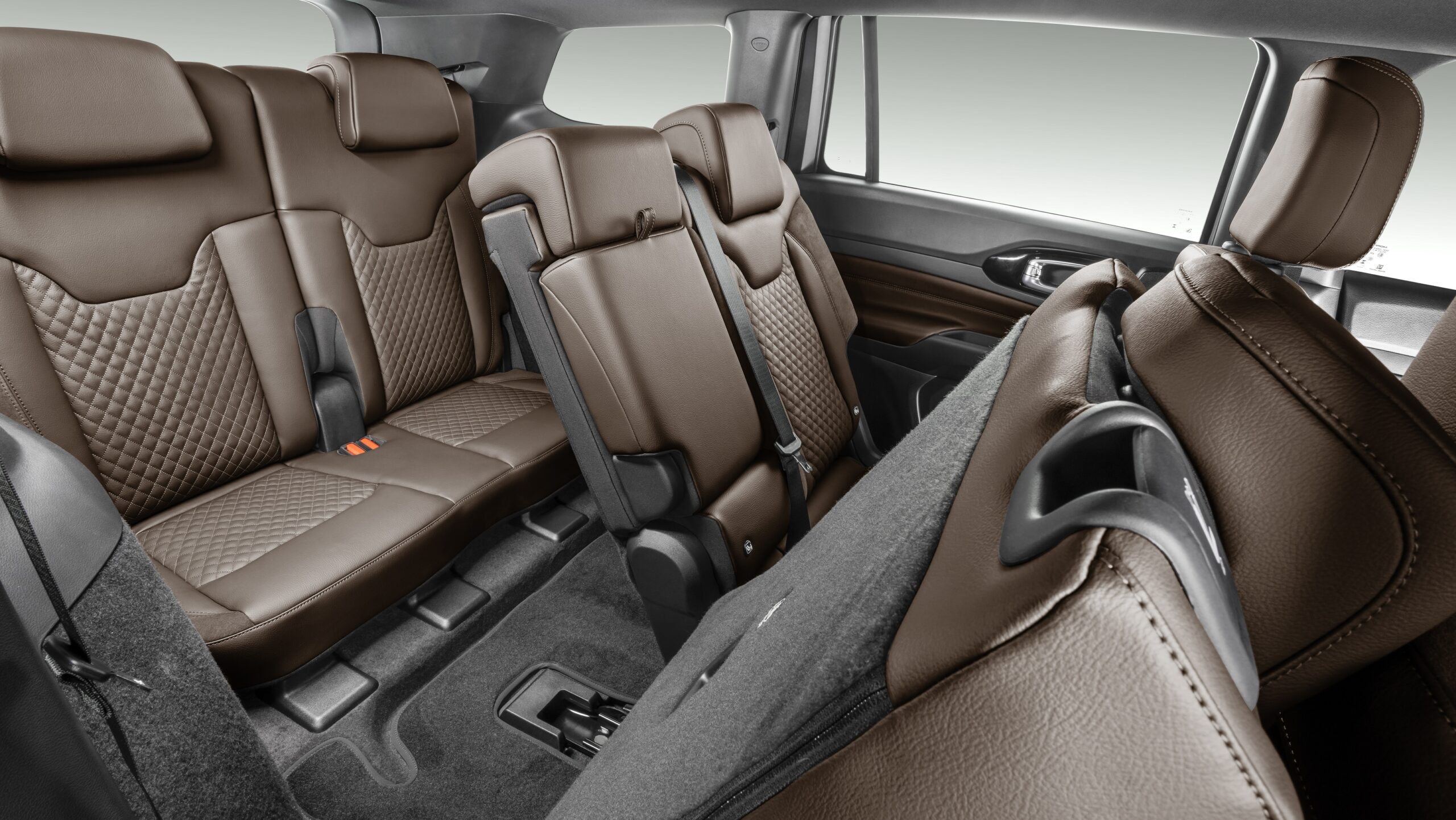
Other technology highlights that offer more convenience to the customer are the power-adjustable driver’s seat on all versions, the power-adjustable front passenger seat on the Overland, and the large panoramic sunroof.
The all-new Jeep Commander comes very well equipped as standard on all versions with autonomous steering technologies highly valued by customers in the premium segment. It features Adaptive Cruise Control (ACC), collision alert with automatic braking, blind-spot and cross-traffic detection, lane change alert, emergency braking for pedestrians, cyclists, or motorcyclists, driver fatigue detector, speed limit sign recognition, automatic headlights, and park assist.
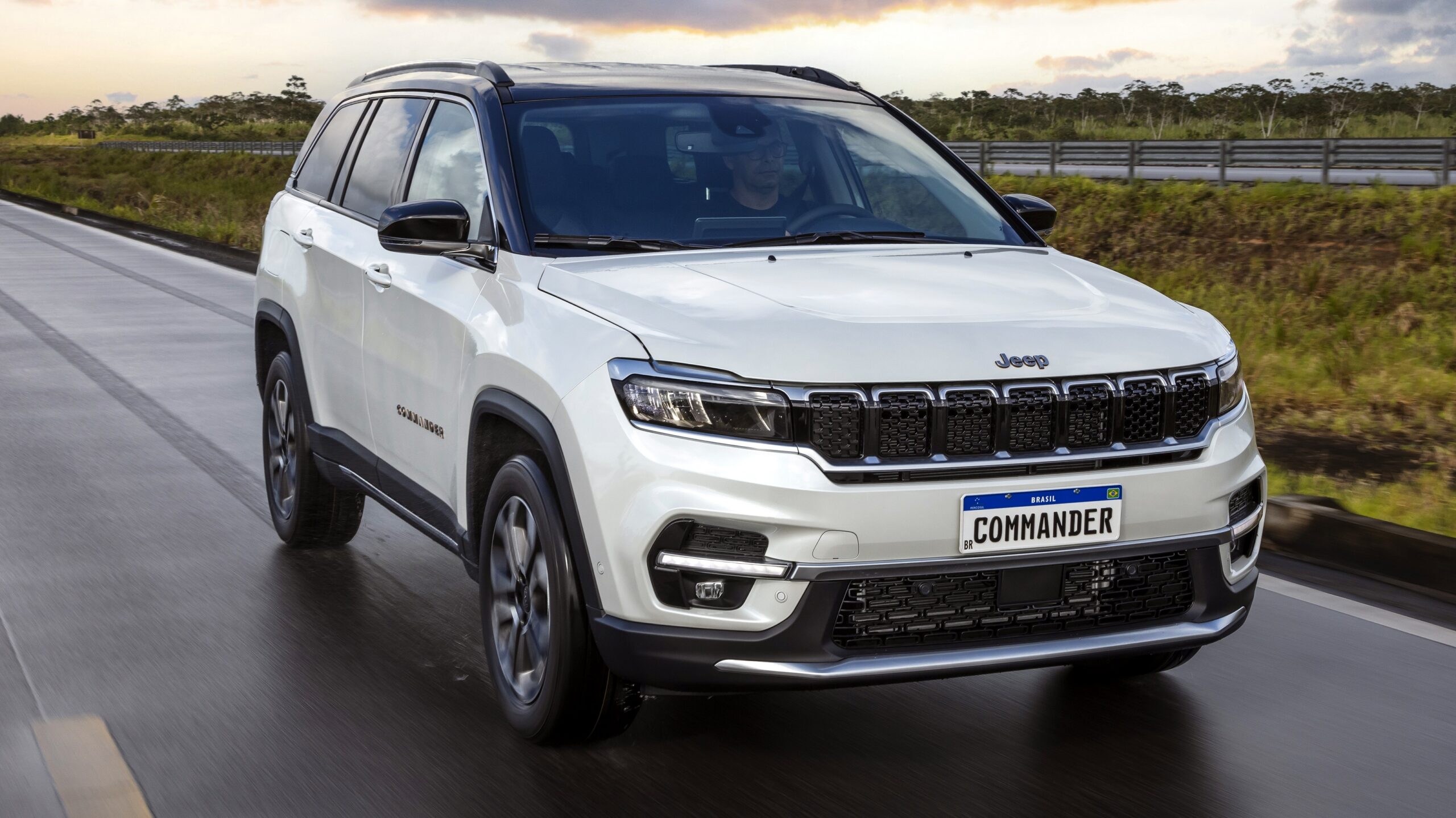
As we said before, there will be two powertrain combinations. The first is the turbocharged 1.3-liter FireFly inline-four-cylinder from the Global Small Engine (GSE) family. In Brazil, Jeep is now calling it the T270 engine due to the torque rating. The T270 engine, which offers low CO2 emissions and great performance. It is already prepared to meet the requirements of the Proconve L7, scheduled for January 2022. Its design is focused on efficiency and features low fuel consumption.
The engine produces 185 horsepower and 270 Nm (200 ft.-lb.) of torque on ethanol.
All of the T270-powered Commanders feature a 6-speed automatic transmission and 4×2 traction system. They also bring the Sport driving mode, which enables a differentiated calibration, with faster gear changes that are now performed at higher revs. This makes the throttle response more agile and steering firmer for a sportier driving experience.
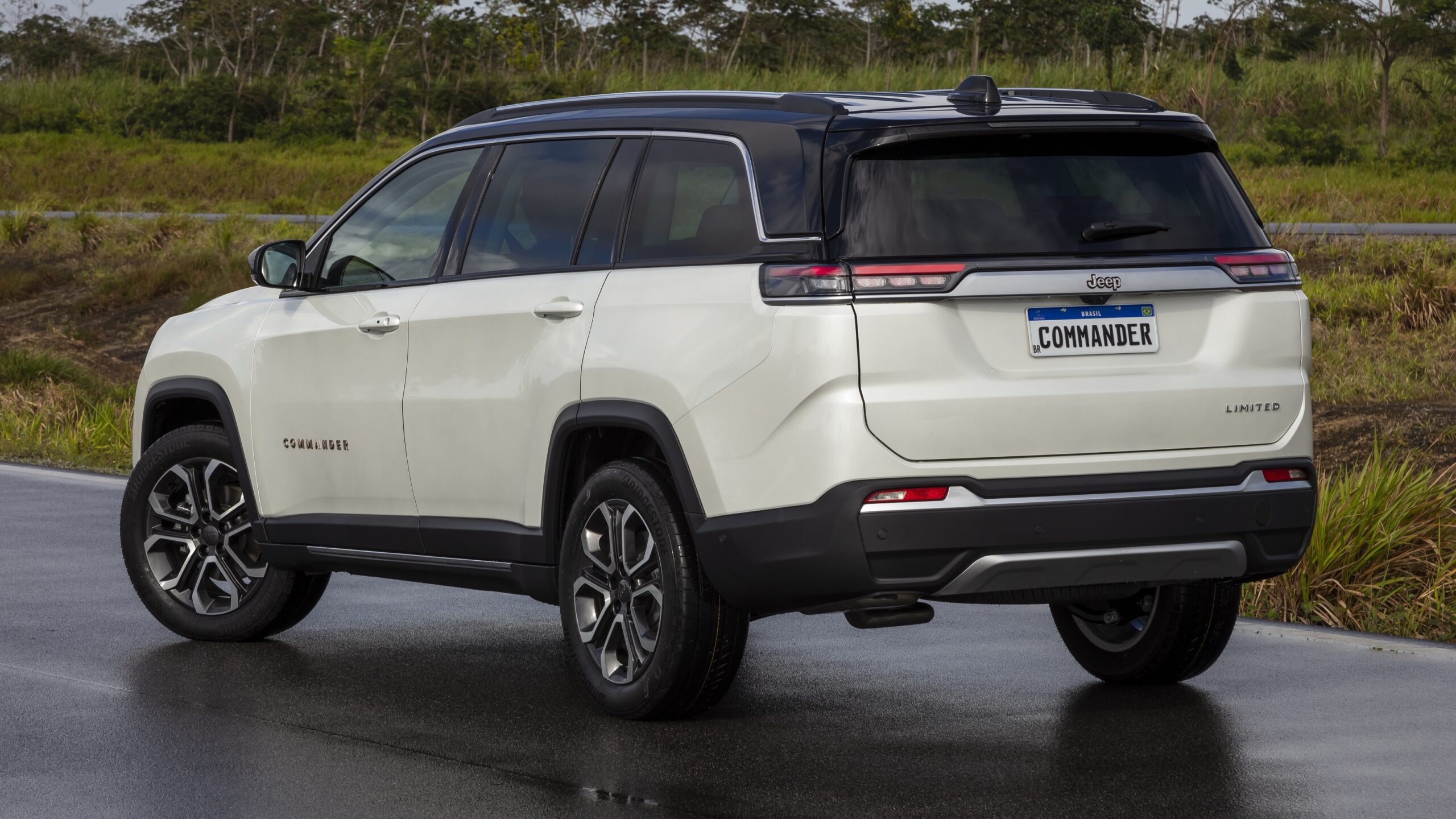
The Jeep Commander also has Traction Control +, a traction control system that works in conditions where the vehicle has a low grip floor with the ground on one of the wheels. It is available for all 4×2 versions. The system applies braking torque to the wheel that is slipping and transfers the torque to another wheel that is in contact with the ground. To enable the function, the driver simply presses the ASR OFF key. So, even with front-wheel drive, the model can still venture on the trails, like every Jeep.
The Jeep Commander also offers as an option the four-cylinder turbo-diesel TD380 engine, which received a specific calibration map, new engine flywheel, new torque converter, new turbine, and had an improved pedal curve, allowing a torque increase of 350 Nm (258 ft.-lb.) to 380 Nm (280 ft.-lb.) of torque and 170 horsepower.
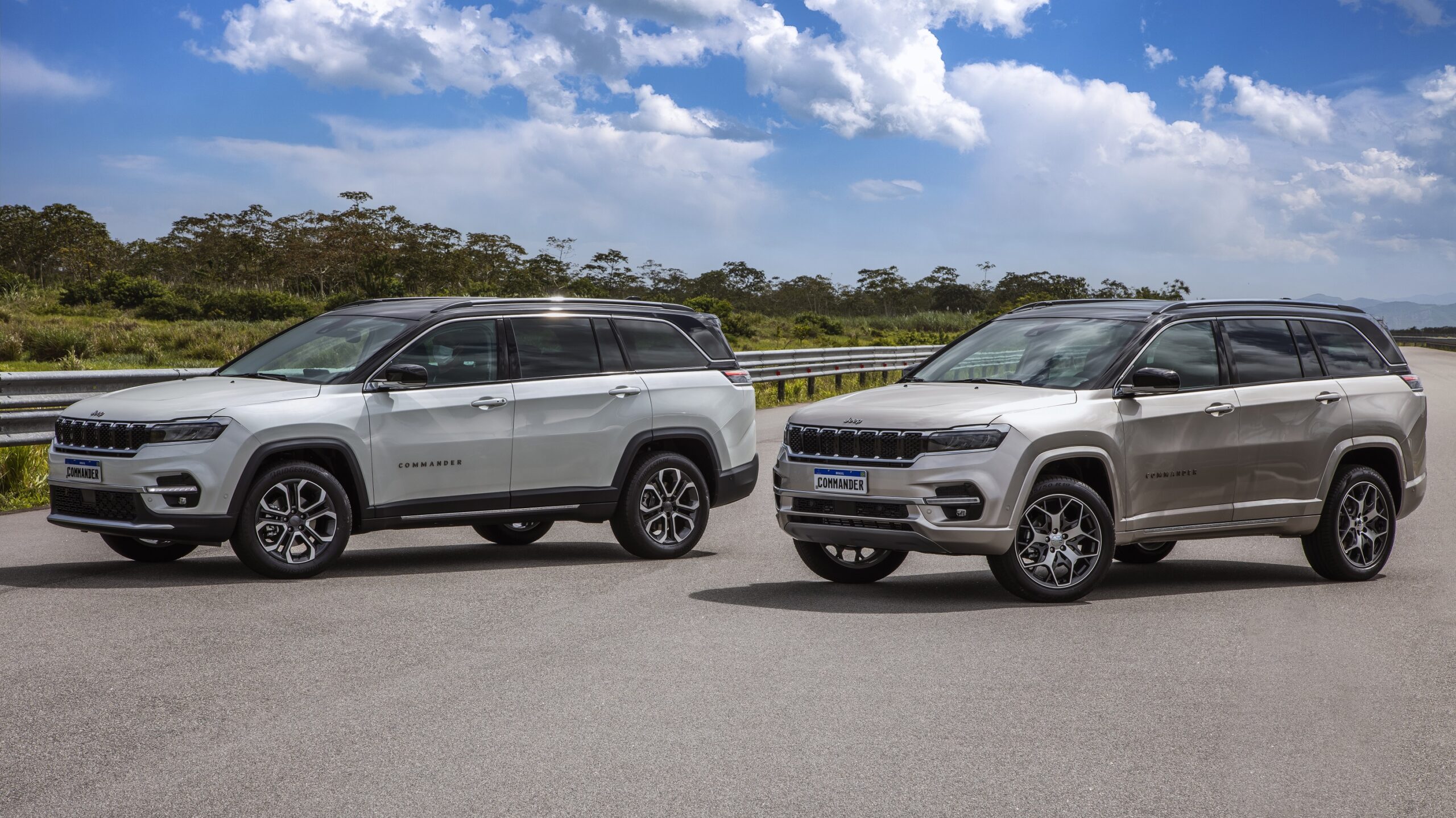
The TD380 also anticipates compliance with Proconve L7 standards. The propeller brings the SCR exhaust gas after-treatment system, reducing the emission of polluting gases. Thus, it is necessary to use the ARLA32 additive. In the TD380 engine, the autonomy is about 10,000 km (or about 6,200 miles). Thus, the driver will not need to stop refueling with the additive very often.
With the authentic DNA Jeep, all Turbo Diesel versions of the Commander have a 4×4 traction system with low-range, 9-speed automatic transmission, terrain selector with three modes (Sand/Mud, Snow, and Auto), and Hill Descent Control (HDC), that assists the driver in steep descents during off-road routes. In addition, they have a minimum height from the ground of 21.2 cm (8.34 inches), an approach angle of 26°, and a departure angle of 24°.
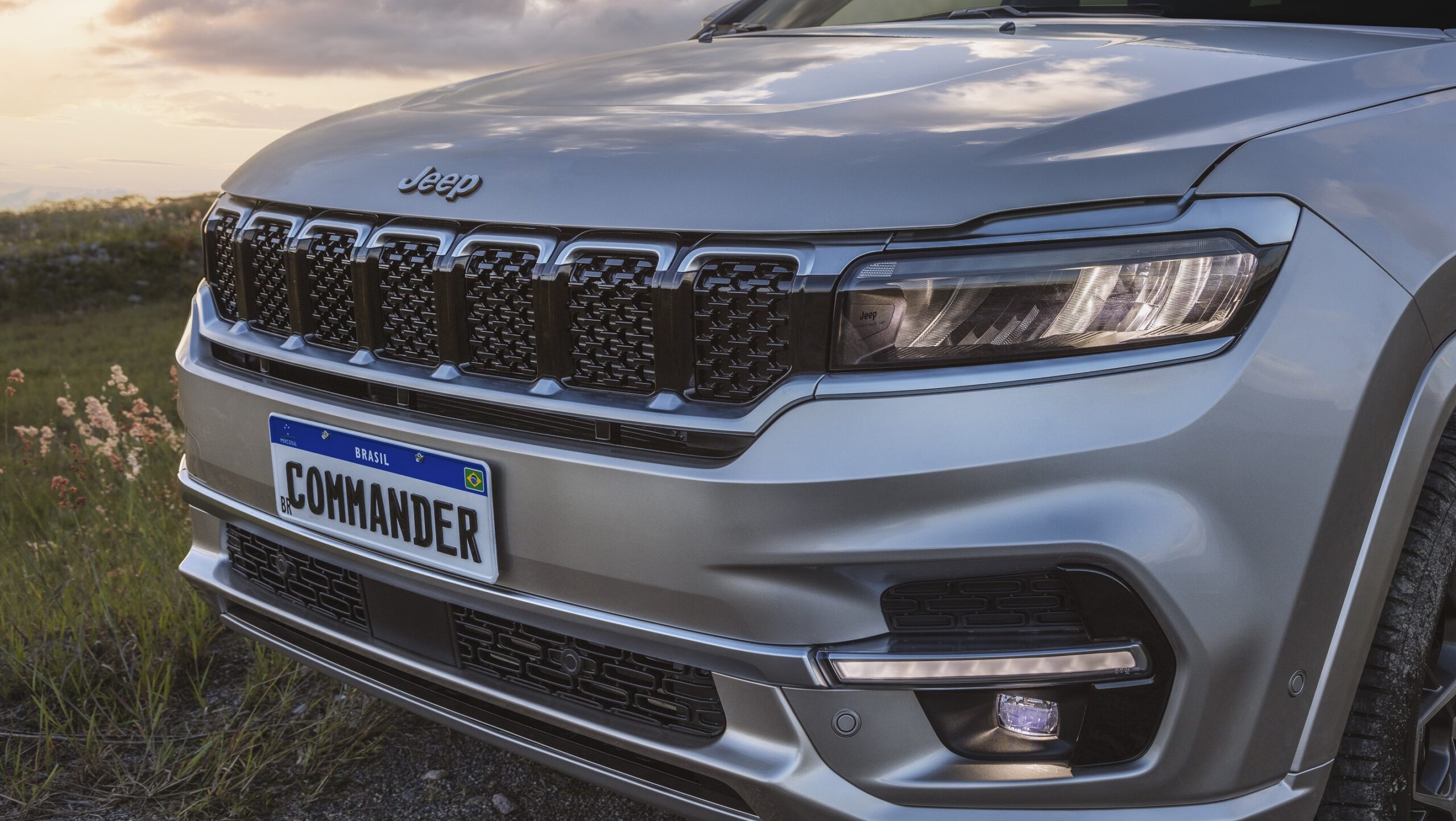
Naturally sophisticated, the Jeep Commander is designed to be complete. Thus, it comes with two very well-equipped versions that already deliver the best series content, as is the case with vehicles in the premium segment. With the exception of choosing exterior and interior colors, the customer does not need to define anything else when purchasing a Commander.
It is worth remembering that the range of versions of Jeep models usually starts with the Sport, goes through Longitude (Latitude for North America), and then reaches the Limited. In Jeep Commander, the first version is already Limited. In addition, as the Commander comes to bring this new level of sophistication to Jeep models made in Brazil, the Overland version debuts in the national portfolio as the top of the model range.
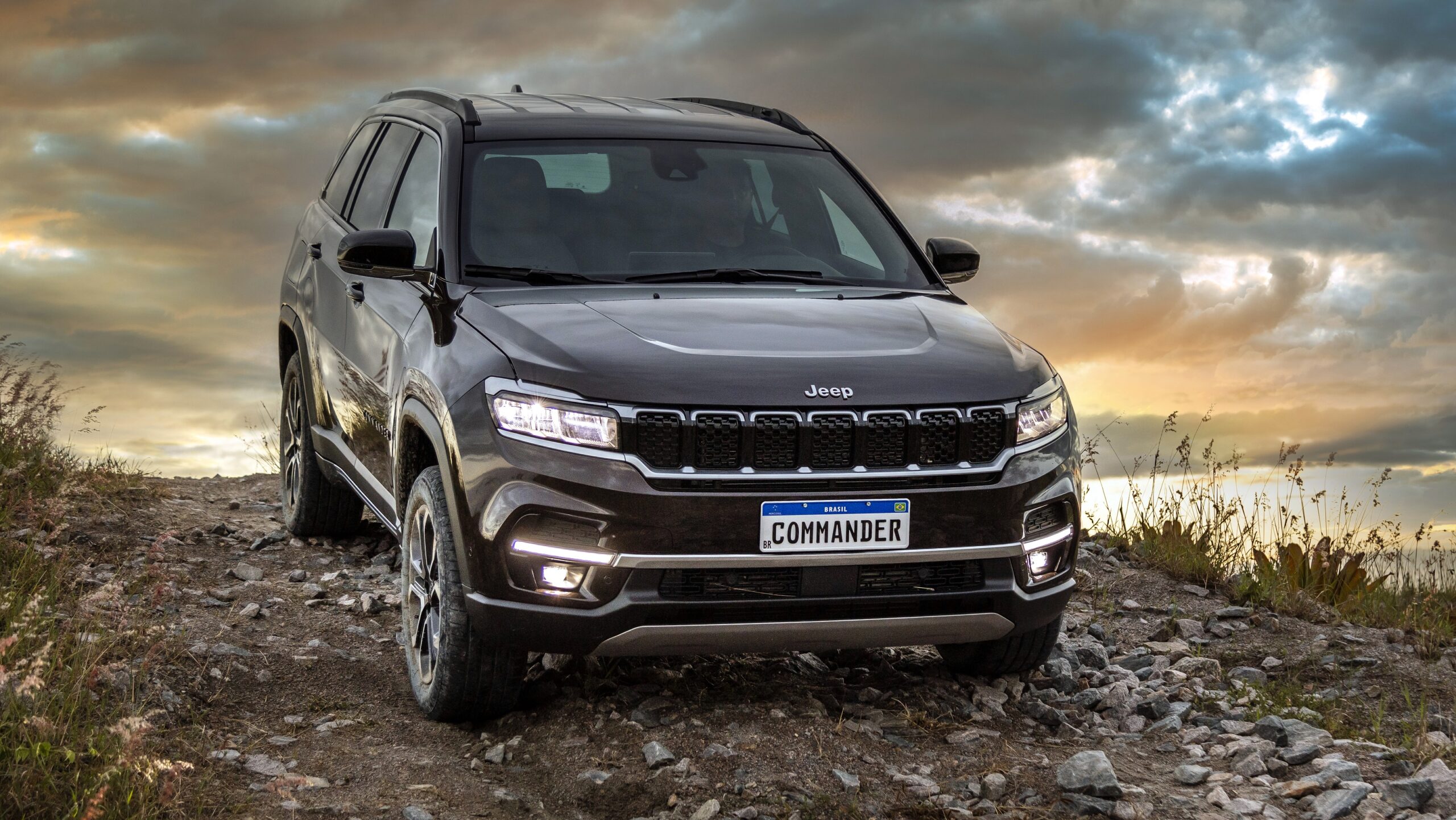
Limited –
The Limited version comes with 18-inch aluminum wheels, full LED exterior lighting, and seats in Black Leather and Suede and Black interior finish. It brings a lot of technology with a 10.25-inch Full Digital cluster, 10.1-inch multimedia center with Adventure Intelligence platform and wireless mirroring, cell phone charger by induction, Keyless Enter ‘N Go, front seats with electric adjustments, and electric opening of the trunk. In addition, it has seven airbags and all the Advanced Driver-Assistance Systems (ADAS) mentioned above.
In addition to all this, the T270 turbo flex 4×2 version comes with Jeep Traction Control+. The diesel engine configuration also has 4×4 Low mode, terrain selector with three modes (Sand/Mud, Snow, and Auto), and Hill Descent Control.
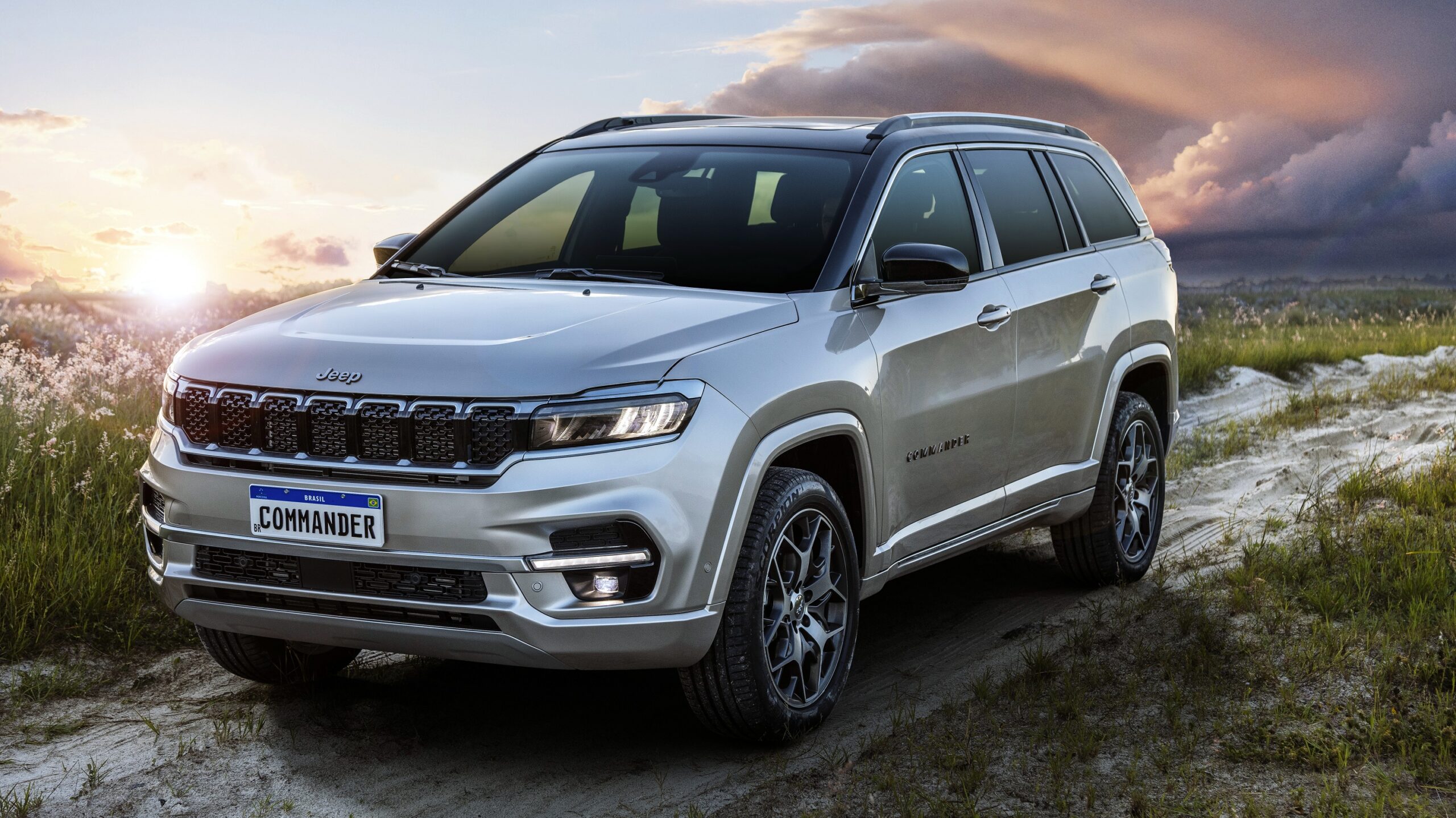
Overland –
Overland features 19-inch aluminum wheels and Leather and Brown Suede seats. To complete, in addition to the contents offered in the Limited T270 version, the Commander’s top-of-the-range version also comes with a panoramic sunroof, premium Harman Kardon sound system, electric passenger seat, trunk with a presence sensor, and 127v sockets. Commander even brings Adventure Intelligence Plus with Alexa in Vehicle. The TD380 configuration, in addition to everything on the Limited turbo diesel, features body-colored lower moldings, and Jeep Off-Road Pages.
It is worth mentioning that the Commander had more than 7,000 units sold in just the first 15 days of its pre-sale.

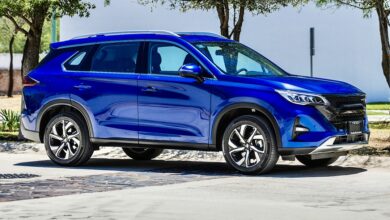
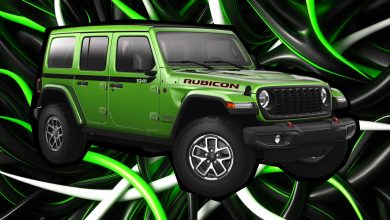

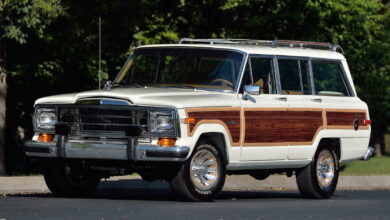
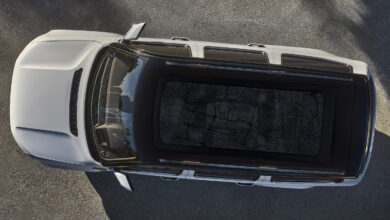
No replies yet
Loading new replies...
Join the full discussion at the Mopar Insiders Forum →